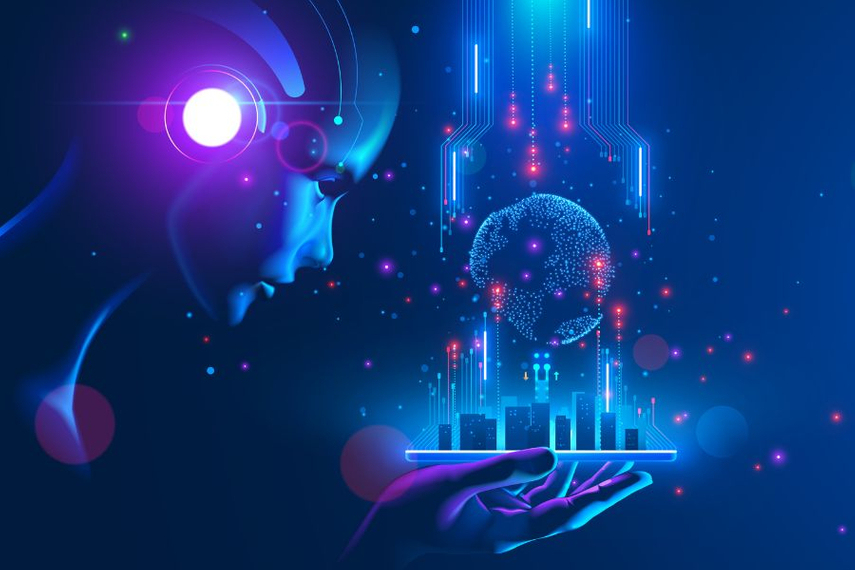
Please sign in or register
Existing users sign in here
Having trouble signing in?
Contact Customer Support at
[email protected]
or call+852 3175 1913
From research to copywriting to soundboarding ideas, AI's potential in boosting your content marketing endeavours is limitless, but knowing how and what to use is key. Senior global marketer Tyler McConville explains.

Contact Customer Support at
[email protected]
or call+852 3175 1913
Top news, insights and analysis every weekday
Sign up for Campaign Bulletins
This week: Zoo Group continues expansion, taps Havas talent, Initiative strengthens Melbourne leadership, Via Group marks two years with five hires, and Archetype names a head of AI & transformation to drive its next evolution. More to come, follow for updates.
At a recent dinner and panel event hosted by Campaign Asia-Pacific and We. Communications, We.’s President of APAC Nitin Mantri says that “APAC communicators are among the least likely to believe that things have stayed the same,” and humanised storytelling is required to close the gap between what organisations say and what audiences hear.
Industry leaders gathered for an off-the-record roundtable to discuss “The Role of Brands in improving People’s lives” hosted by AIA at the Cannes Lions International Festival of Creativity (Cannes Lions).
Sani's visionary leadership continues to position RHB Banking Group at the forefront of Malaysia’s financial sector, driving innovation and redefining industry standards.